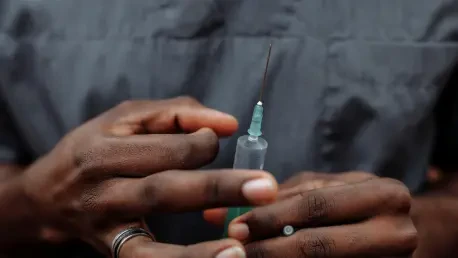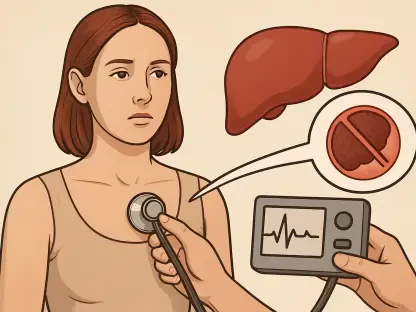Faced with the debilitating impacts of chronic inflammatory demyelinating polyneuropathy (CIDP), a rare autoimmune disorder characterized by muscle weakness, sensory loss, and pain, new treatment options become critical. Vyvgart SC Injection offers a promising solution for those affected by this challenging condition. Approved by the European Commission as a monotherapy for progressive or relapsing CIDP in adults previously treated with corticosteroids or immunoglobulins, this review aims to delve into the workings, benefits, and disadvantages of Vyvgart SC Injection, ultimately guiding potential users and healthcare providers toward informed decisions.
Overview of Vyvgart SC Injection
Vyvgart SC, a formulation developed with Halozyme’s proprietary enzyme technology, is designed to reduce pathogenic immunoglobulin G antibodies, thereby aiming to mitigate nerve damage associated with CIDP. It stands out for its specific mechanism of action targeting the autoimmune pathways, providing an advanced treatment for patients whose conditions have seen limited improvement with traditional therapies. This formulation’s unique selling point is its capacity for self-administration, offering patients greater autonomy in managing their condition.
The injection is intended to function by precisely targeting and suppressing the pathological activity of antibodies contributing to CIDP. Its approval marks a significant addition to therapeutic options available, emphasizing a strategic approach to managing CIDP by focusing on the root cause rather than merely alleviating symptoms.
Performance Evaluation
Vyvgart SC’s efficacy and safety profile are backed by results from the ADHERE trial, the largest study on CIDP conducted so far. The trial demonstrated that 66.5% of patients treated with Vyvgart SC experienced significant clinical improvements, notably enhancing their mobility and muscle strength. Remarkably, these patients also faced a 61% lower risk of relapse, showing Vyvgart’s pronounced effectiveness compared to placebo treatments.
In real-world clinical settings, Vyvgart SC has performed admirably, providing patients with a viable alternative to more invasive and complex drug regimens. Its safety has been well-documented, with self-administration adding a layer of convenience and control for users, further underscoring its potential to revolutionize CIDP treatment paradigms.
Advantages and Disadvantages
Vyvgart SC offers several advantages, particularly its high success rate in improving patient outcomes and the convenience of self-injection. It is well-suited for individuals who have not adequately responded to conventional treatments. The reduction in relapse rates is another significant strength, demonstrating its long-term efficacy in disease management.
However, some limitations must be noted. Vyvgart SC may not be suitable for all patients, particularly those with varying forms of CIDP not encompassed by the trial criteria. Additionally, the necessity for prior treatments with corticosteroids or immunoglobulins as a prerequisite may narrow its applicability for broader patient demographics.
Summary and Final Assessment
Overall, Vyvgart SC Injection emerges as a robust treatment option for CIDP, combining efficacy with the convenience of self-administration. It represents a compelling advancement in targeted therapy, with clinical trials substantiating its success in reducing symptoms and relapse rates. While it holds appeal for specific patient categories, broader applicability may require further research and consideration.
Conclusion and Practical Advice
In essence, Vyvgart SC Injection carved a niche as a transformative treatment for CIDP, offering hope for improved quality of life in affected individuals. For those considering this option, assessing patient history and previous treatment responses is essential. Healthcare providers should weigh its advantages and limitations carefully while exploring its deployment in clinical settings. Future evaluations could further broaden its applicability, ensuring wider patient benefit from this innovative therapy.









